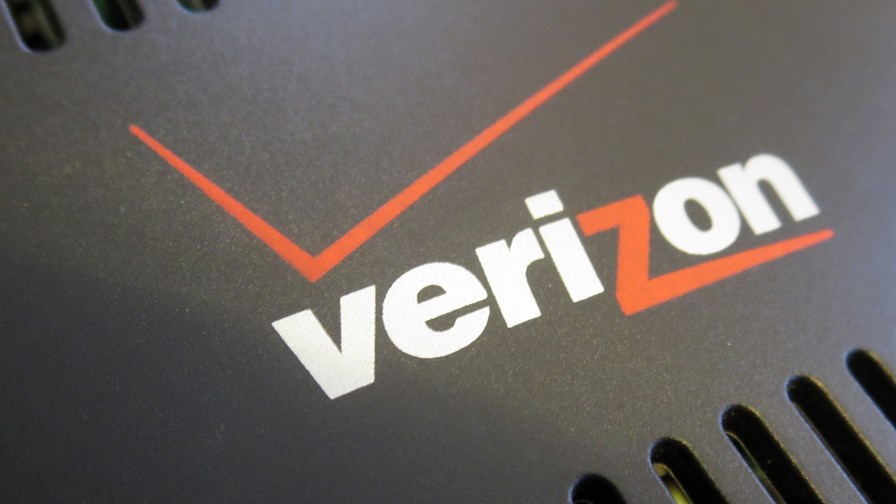
© Flickr/cc-licence/Rob Pegoraro
- Telco working with the small cell and DAS provider on a 'hyper-dense' network
- It's still an expensive rollout model compared to macro + mid-band
- Boingo just enjoyed a record quarter for DAS deployments
Verizon has quietly announced a partnership with small cell, Wi-Fi hotspot and DAS specialist Boingo that should help the telco get to grips with delivering mmWave 5G coverage indoors.
Details are scant; Verizon said the companies will work together to "architect a hyper-dense network designed for large and small indoor spaces."
Venues include airports, stadiums and arenas, office buildings, hotels and the like.
The agreement was divulged as part of a broader update on Verizon's 5G rollout. The network will go live in Greater Phoenix, Arizona on Friday.
In a market like the US, where the big two telcos are relying on mmWave frequencies to get any kind of coverage, partnerships like this could give Verizon's network a critical edge over AT&T's.
Boingo certainly seems to be seeing greater interest these days.
The company revealed last month that Q2 was its biggest ever quarter for DAS launches, having deployed no fewer than 10 networks at high-traffic venues, in partnership with tier 1 carriers. Locations include major airports, amphitheatres and commercial real estate.
"As carrier networks migrate to 5G, densification solutions like DAS will be key for facilitating increased capacity, faster speeds, lower latency and higher throughput," Boingo said at the time.
Small cells are expected to benefit too. The Small Cell Forum expects 5G to help drive small cell deployments to 10.25 million radios by 2025, with 8.4 million being non-residential. 2.9 million are expected to be deployed in urban areas, while 5.5 million are expected to come from enterprise rollouts.
Of course, before 5G was even standardised, dense small cell deployments in high-traffic areas, using mmWave, were expected to come later, once macro coverage was well established, the obvious reason being a macro deployment on low and mid-band spectrum is far more cost effective.
That hasn't been the case in the US though, where there is a distinct lack of mid-band spectrum.
As Analysys Mason pointed out earlier this year, on average, the rest of the world is expected to make more than four times more licensed mid-band spectrum available than the US by 2020. Japan is expected to make 10 times more mid-band spectrum available; China seven times more; and the UK nearly five times more.
The exception in the US is T-Mobile, which, thanks to its merger with Sprint will get its hands on some vitally-important mid-band frequencies.
Against this backdrop, partnerships like Verizon-Boingo become even more vital.
Email Newsletters
Sign up to receive TelecomTV's top news and videos, plus exclusive subscriber-only content direct to your inbox.




